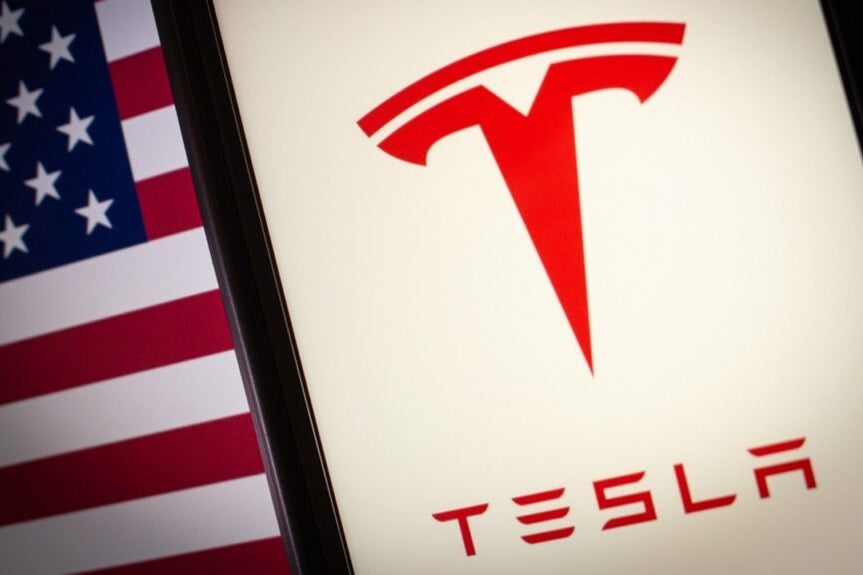Navigating Turbulence: Tesla’s Self-Driving Future in China Amid Trade Tensions
As the US-China trade war continues to escalate, Tesla’s ambitious self-driving initiatives in China face significant challenges. Elon Musk himself describes the situation as a complex quandary, raising questions about the future of autonomous vehicles in one of the world’s largest markets. In this article, we will explore the intricate dynamics of Tesla’s self-driving future in China, the impact of ongoing trade tensions, and the broader implications for the electric vehicle (EV) landscape.
The Landscape of Self-Driving Technology in China
China is not just a significant market for Tesla; it is also a key player in the global race for self-driving technology. The Chinese government has been highly supportive of autonomous vehicle development, seeing it as a cornerstone of future mobility. By 2025, the Chinese government aims for the self-driving vehicle sector to be worth over $60 billion, underscoring the urgency and potential of this technology.
Chinese companies like Baidu and NIO are rapidly advancing their own self-driving initiatives, often leveraging vast amounts of data and government support. Tesla, with its established technology and brand reputation, has found a lucrative opportunity in China. However, the question remains: can Tesla maintain its competitive edge amid rising geopolitical tensions?
Challenges Posed by Trade Tensions
The US-China trade war has brought about a myriad of challenges for American companies operating in China. Tariffs, regulatory scrutiny, and the shifting political landscape create a turbulent environment for Tesla’s operations. Here are some specific challenges Tesla faces:
- Regulatory Hurdles: Increased scrutiny from Chinese regulators can hinder Tesla’s ability to innovate and roll out its self-driving technology effectively. As the Chinese government tightens regulations on foreign tech companies, Tesla must navigate these complexities to remain compliant.
- Supply Chain Disruptions: Trade tensions can lead to disruptions in the supply chain. Components for Tesla’s self-driving systems often come from various countries, and tariffs can drive up costs, affecting pricing and availability.
- Intellectual Property Concerns: There are ongoing concerns about intellectual property theft in China. Tesla must safeguard its technology to maintain its competitive advantage, which can be challenging in an environment where local firms are encouraged to innovate rapidly.
Elon Musk’s Perspective on the Situation
Elon Musk has always been known for his candidness, and his views on the trade tensions reflect both the challenges and opportunities facing Tesla. In various statements, Musk has pointed out the need for collaboration and understanding between the two superpowers. He believes that fostering a cooperative relationship could lead to significant advancements in technology that benefit both nations.
Moreover, Musk emphasizes that Tesla’s commitment to the Chinese market remains strong. The company has invested heavily in its Shanghai Gigafactory, which is the largest electric vehicle factory in the world. This investment not only reinforces Tesla’s presence in China but also allows for localized production, potentially mitigating some trade-related risks.
Potential Strategies for Success
To navigate the turbulent waters of trade tensions while pursuing its self-driving future, Tesla could consider several strategic approaches:
- Strengthening Local Partnerships: Collaborating with Chinese tech firms and local governments can provide Tesla with critical insights and support. These partnerships could enhance Tesla’s adaptability to the local market and help alleviate regulatory pressures.
- Investing in Research and Development: Focusing on R&D within China can help Tesla innovate while also aligning its goals with national priorities, possibly resulting in favorable treatment from regulators.
- Diversifying Supply Chains: Tesla could seek to diversify its supply chains to reduce dependence on single sources. By sourcing components from various countries and establishing local suppliers, the company can mitigate risks associated with tariffs and trade barriers.
The Role of Public Perception and Consumer Trust
Public perception plays a crucial role in the success of Tesla’s self-driving initiatives. In China, consumer attitudes toward autonomous vehicles are generally positive, with many seeing them as the future of transportation. However, incidents involving self-driving technology can quickly erode trust. Tesla has faced scrutiny over safety concerns related to its Autopilot system, and any negative publicity can have far-reaching effects in the Chinese market.
To maintain and enhance consumer trust, Tesla must prioritize safety and transparency. This could involve:
- Enhancing Safety Protocols: Continuous improvement of safety features in its self-driving technology is essential. Tesla should invest in rigorous testing and validation processes.
- Open Communication: Engaging with customers through clear communication about the capabilities and limitations of its self-driving technology can build trust. Transparency about testing results and safety measures will be crucial.
The Future of Tesla’s Self-Driving Technology in China
Despite the turbulence created by trade tensions, the potential for Tesla’s self-driving technology in China remains significant. The demand for electric vehicles and autonomous technology continues to grow, driven by a consumer base eager for innovation and sustainability. Tesla’s ability to adapt to the changing landscape will be critical for its success.
As Musk navigates this complex quandary, he might draw inspiration from past challenges faced by Tesla. The company has consistently demonstrated resilience and adaptability, whether in overcoming production hurdles or addressing regulatory challenges. With a clear focus on innovation and customer satisfaction, Tesla could emerge stronger from the current trade tensions.
Conclusion
In conclusion, Tesla’s self-driving future in China is at a crossroads, influenced heavily by the ongoing US-China trade tensions. While challenges abound, the potential for growth and innovation in the Chinese market is vast. By adopting strategic partnerships, investing in R&D, and prioritizing consumer trust, Tesla can navigate this turbulent environment and continue to lead the charge in the autonomous vehicle revolution. As the world watches, the outcome will not only shape the future of Tesla but could also redefine the global landscape of self-driving technology.
See more Future Tech Daily

